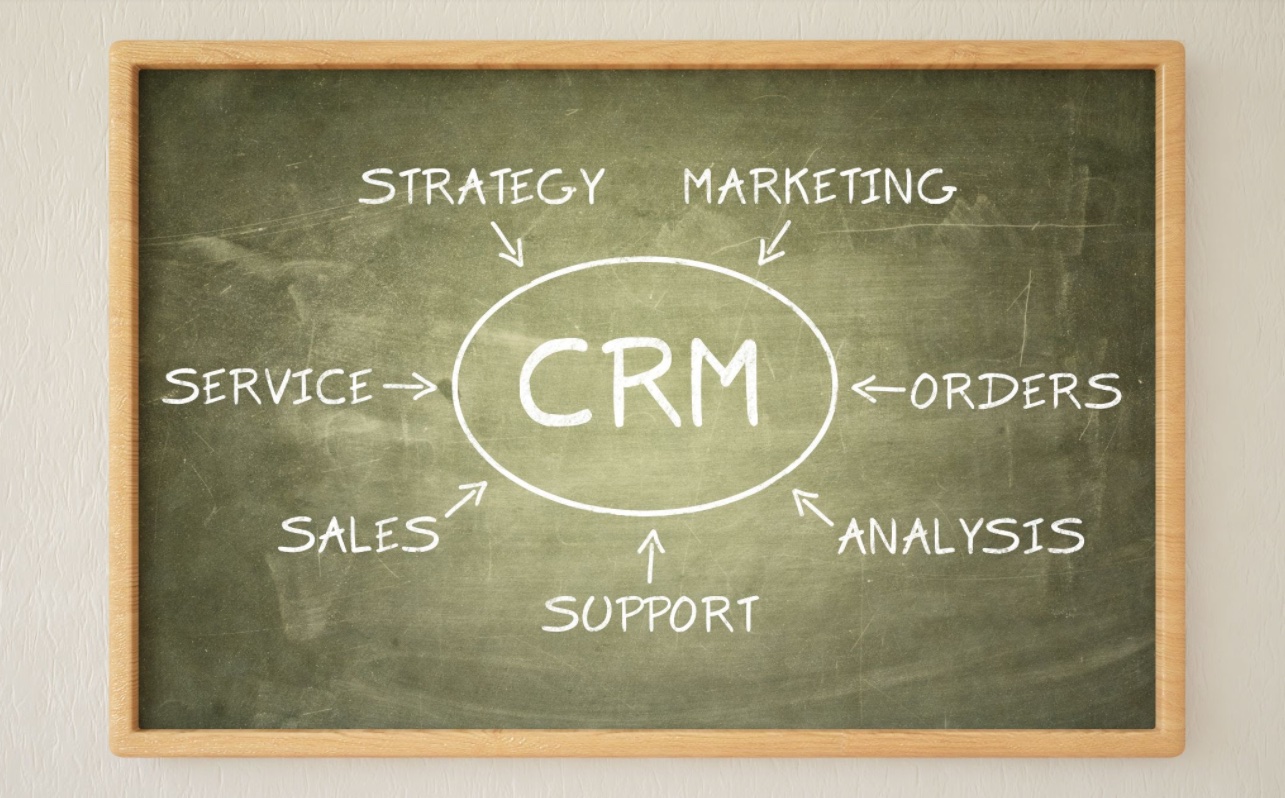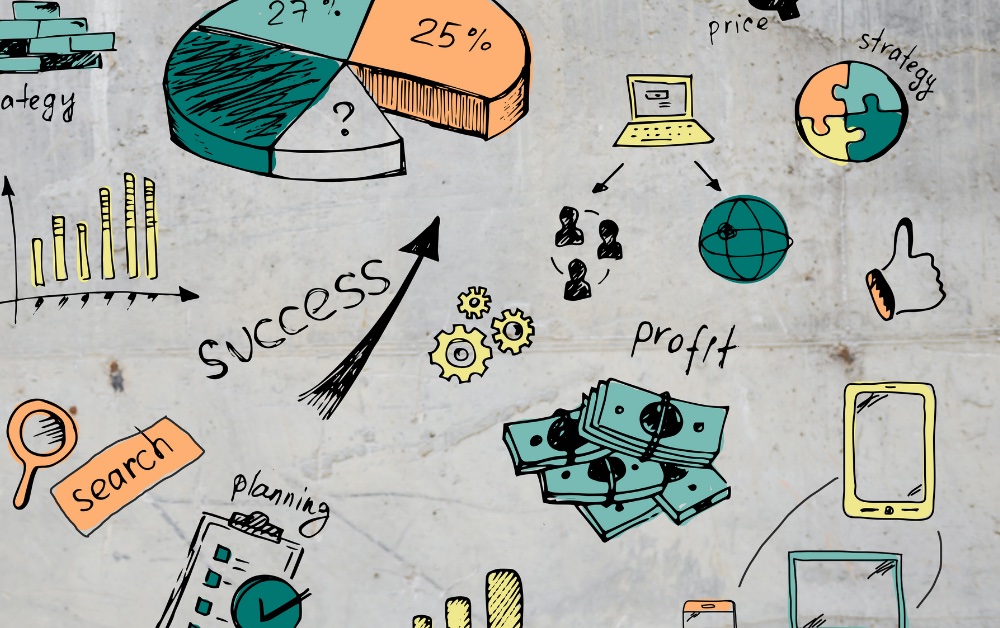Happy hours in Denver are a dime-a-dozen, but happy hours in which you learn from insightfully driven dialogue are few and far between.
We are now proud members of the Home Builders Association of Metro Denver and during one of the happy hour networking events, I found myself in conversation with a leader of a large, well-known residential developer. He vocalized sentiments I hear often: we were running large digital campaigns, but could never figure out how to measure its impact on actual revenue.
Additionally, I speak to dozens of builders, architects, designers and vendors a month that don’t have a process in place for maintaining customer data. More often than not, sales pipelines, customer lists and forecasting are managed via spreadsheets and an internal email server like Outlook.
How does the latter (customer data in spreadsheets) correlate with the former (revenue attribution)? Revenue attribution is directly connected to the diligent management of a robust customer database. And trust me, you do not want to diligently manage a spreadsheet in the year 2021. Below is the #1 mistake many businesses make that is completely slowing down your overall growth, productivity and ultimately, profitability.
The #1 Mistake
The #1 mistake that is slowing your growth? Not investing in a robust CRM (customer relationship management) software. The second mistake? Investing in a CRM software because it was the lowest price point out there. Read on to discover the direct impact your CRM can have on your sales, marketing and overall profitability.

1. One database, accessed by everyone, accessible anywhere.
First party data should be a #1 priority for you at this point, with the U.S. being a couple of years behind Europe when it comes to privacy laws and third party data. As a company wanting to take charge, you should be actively increasing your first party data on a consistent basis. With that in the works, you need a hub – a database – the primary software in which you store everything.
By having one database flushed with information, you are giving your business a tool that communicates across multiple departments. Now, your sales team, marketing team, customer service team, project management team, and leadership team all have one system that keeps everyone on track. This creates visibility to improve processes, improve products and services, and understand what is needed to make your business all the better.
2. Create a digital footprint for all communication
If you are still having your sales people pick up the phone and dial a number, you need to stop that now. A CRM that allows calling from within the software creates a digitally tracked footprint. It enables you to measure things like sales close rates and how to close a deal more effectively. You might start to see some trends: a client closed in 1 month and they were called twice a week vs. a client that closed in 8 months and received 3 calls over the entire course of the sale.
Tracking phone calls and email communication also provides a sense of accountability and creates visibility for managers. For email communication, find a CRM that integrates with your email provider. We use Hubspot as our CRM and Marketing Hub. Our Gmail is integrated with the software and our email communication is automatically updated to the correct person in our database. If my business partner or account manager is helping a client out, they can review all of my latest communication with the client to get up to speed.
You can also use Hubspot’s chatbot on your website and integrate Facebook messenger. This literally drives all forms of communication into one database to each specific contact.
3. Automation is a small team’s best friend
If you are anything like most of our clients in the building industry, you probably have a small sales and marketing team. Automation is KEY for faster growth. As a true sales girl at heart, the automation features of a robust CRM make the $400/month well worth it. I briefly discussed how the Gmail integration automatically sends any email communication I have with a person to that person’s contact in the CRM. This is vital — I no longer have to copy and paste emails into a database.
We also use email sequences in our sales automation. With the national statistic showing that it takes 7 sales touches to get a response, follow ups are important. With this automated feature, we are able to follow up with contacts who haven’t responded, without needing to send a manual email each time.
Automation features increase productivity in a sales & marketing team, therefore increasing the time your team has to spend on what matters most: your clients.
4. Form fills and lead generation
Hubspot has a Marketing Hub that allows us to create form fills for our website that are directly connected to our CRM. This means that every time a user fills out one of our forms, a new contact is created and someone on our sales team is assigned a new lead. We include qualifiers on our form fills as well that populates in Hubspot. In the B2B and custom B2C building industry, qualifiers are important in order to dissuade unqualified leads coming through. For example, “Size of Project” or “Total Project Budget” help users understand if they are qualified for your services. Internally, your CRM can send automated responses to unqualified leads and send qualified leads to the right salesperson.
Additionally, the Marketing Hub form fill features allow us to consistently segment our e-newsletter subscribers. For the building industry, perhaps you want to start segmenting out your e-newsletter subscribers by B2B vs. B2C, or Commercial vs. Residential.
By having your lead generating form fills integrated with your CRM, you are cutting down the time spent on managing and updating those lists. You are setting up your marketing person or team to have more time to focus on concepts that lead to direct sales conversions.
5. Tasks & Project Management
I am your typical sales person – ADHD diagnosed and constantly on the go — I need 6 reminders for all of my priority items. Your CRM should be the hub for your sales team’s to-do list. Each contact should have a task associated with next steps, e.g. “Follow up with Steve in 4 days”.
Beyond the sales team, a CRM also helps your Customer Service team keep track of follow ups and next steps.
Additionally, we use it to keep our clients on track! We use form fills to send out our onboarding forms and if a client hasn’t filled it out, we have an automated email sent to them reminding them the deadline has passed.
6. Increased productivity for management
A robust CRM gives a sales manager complete control of their sales team and pipeline. With the right automations set up, a sales manager can be notified when a major deal in the pipeline hasn’t been contacted for 60 days. A manager can also be notified when a new deal is formed at a certain dollar amount, requiring more oversight. As a sales manager that also has my own territory, these notifications are key to me staying on top of my team’s pipeline.
It’s also important that forecasting and reporting tools are set up in your CRM, as it gives you a way to keep track of future business coming in.
How Your CRM Helps Revenue Attribution

Circling back to my happy hour developer, my follow up question with him should have been, “Do you have a CRM”? Without a CRM that is consistently updated, you cannot achieve true revenue attribution.
Revenue attribution is the process of attributing customer sales to specific marketing and advertising initiatives. Everyone claims they want to see an ROI on everything they do with marketing, but the fact of the matter is that most companies don’t have the proper data infrastructure to even begin revenue attribution.
One way we track revenue attribution in Hubspot is by using a property in every contact called “Lead Source”. The sales rep managing the specific contact has to choose where this lead came from, or else they cannot create the contact. Lead sources include, “Linkedin Cold Emailing”, “HBA”, “Personal Friend Referral” and “Organic Search”. You could also consider “Facebook Paid Ad” or “Paid Search”.
Hubspot does offer a multi-touch revenue attribution report if you are one of the users willing to shell out for the Marketing Hub Enterprise software. Multi-touch revenue attribution is important in this day and age as studies show that a user typically goes through a complex buyer’s journey before converting to a client. For example, they might see an ad on Facebook, then be retargeted with a banner ad after viewing a website, then Google the company to reach an Organic Search link before submitting a Contact Us form fill. A multi-touch revenue attribution software gives you the full picture of a user’s journey before converting to a customer.
Conclusion
An integrated and powerful CRM missing from your tech stack is slowing your growth, causing slowed-down processes and communication. It’s the first step in achieving transparent revenue attribution but more importantly, it is a vital piece of your organization’s system that needs to be adopted with open arms.










